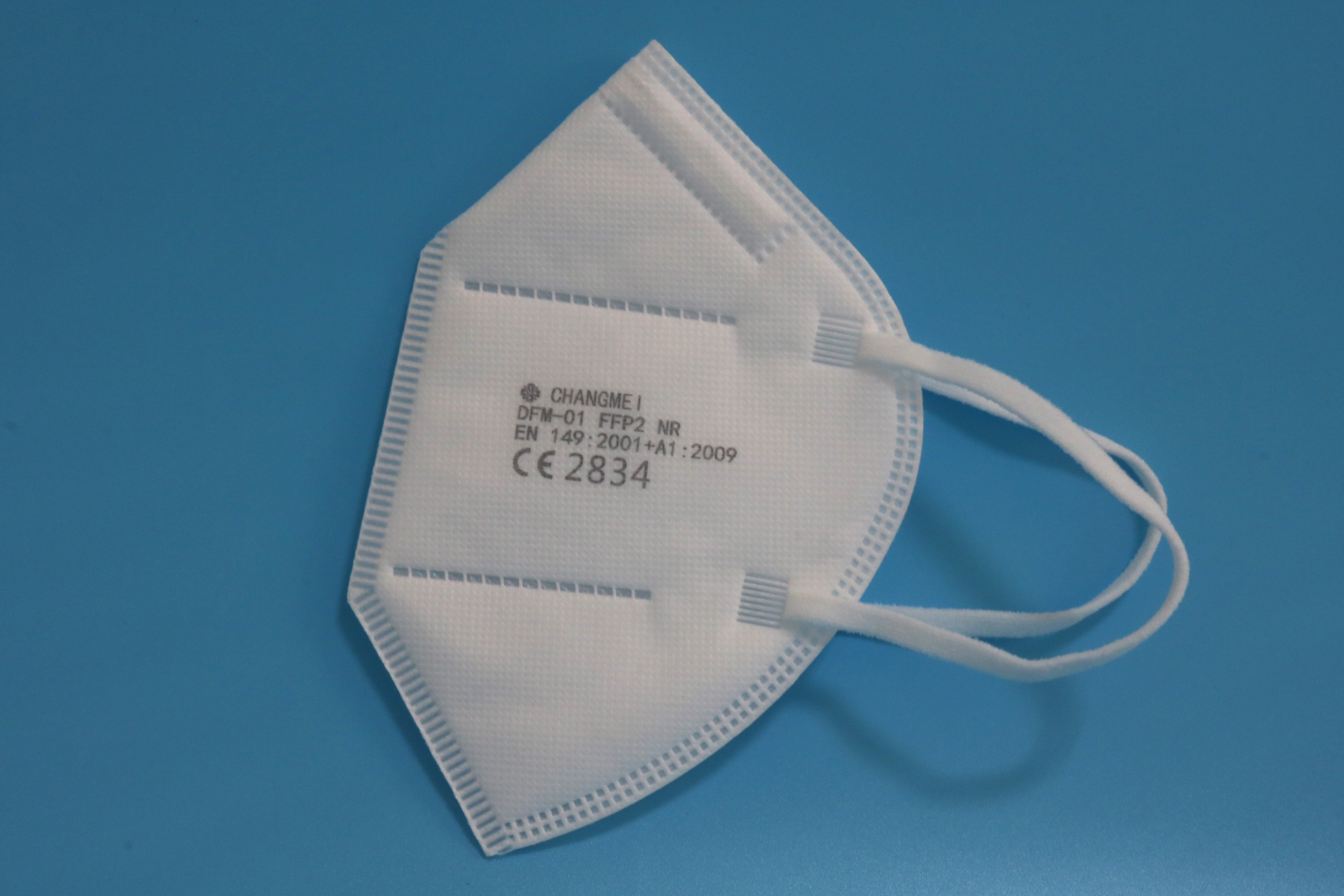Balloon Kyphoplasty: Clinical Evidence for Treating Spinal Fractures
New clinical trial results have been released summarizing the findings from a large, multicenter, randomized, controlled clinical trial comparing balloon kyphoplasty with non-surgical care for the treatment of acute vertebral compression fractures.
Nonsurgical treatment options for vertebral fractures typically include pain medications, bed rest, back braces, physical therapy, rehabilitation programs and walking aids.
In most cases, compression fractures are caused by osteoporosis and result in one or a combination of the following symptoms: severe back pain, limitations in ability to function in everyday activities, and poor quality of life (such as extended bed rest).
This clinical trial, called Fracture Reduction Evaluation (FREE) trial, focused on balloon kyphoplasty made by Kyphon, a subsidiary of Medtronic Spine LLC, which funded the study. It has resulted in three general conclusions about treatment:
The patients treated with balloon kyphoplasty had significantly better outcomes in terms of pain reduction, quality of life, function and mobility both initially, at one month, and throughout the first 12 months after treatment, compared to non-surgical care.
Article continues below
These study findings suggest that balloon kyphoplasty may be considered earlier in the course of spinal fracture treatment.
The study confirmed results of earlier studies that balloon kyphoplasty is a relatively safe and effective method of treating painful vertebral compression fractures as compared to nonsurgical treatment.
While the FREE study showed that balloon kyphoplasty recipients sustained greater benefits on average over the first 12 months after treatment, some of these differences in improvement were diminished by the end of the first year. Patients who choose non-operative care can expect, in the first 12 months, to experience potentially more pain and other symptoms throughout those 12 months but then achieve roughly similar outcomes at the end of that time frame. Patients considering balloon kyphoplasty need to discuss this choice carefully with their doctor and weigh the potential for quicker improvement of symptoms along with the risks inherent in any surgical procedure like balloon kyphoplasty. It is not yet known how balloon kyphoplasty and control groups will compare beyond the first 12 months, as the 24-month study data are not yet available.
This article provides an in-depth review of the findings about treatment for spinal fractures caused by osteoporosis from the FREE clinical trial.
References
Wardlaw D, Cummings S, Van Meirhaeghe J, et al. Efficacy and safety of balloon kyphoplasty compared with non-surgical care for vertebral compression fracture (FREE): a randomized controlled trial. The Lancet, March 2009; 373: 1016-1024.





